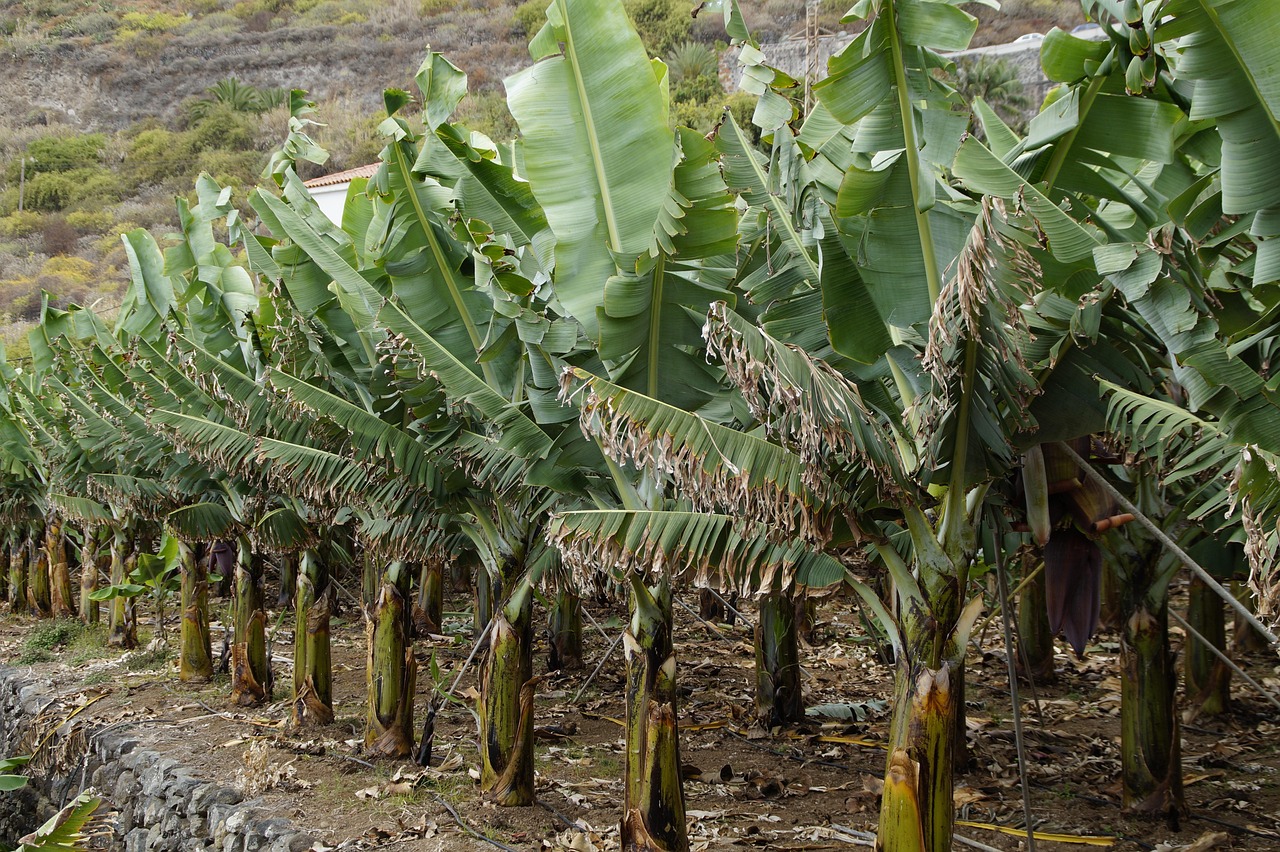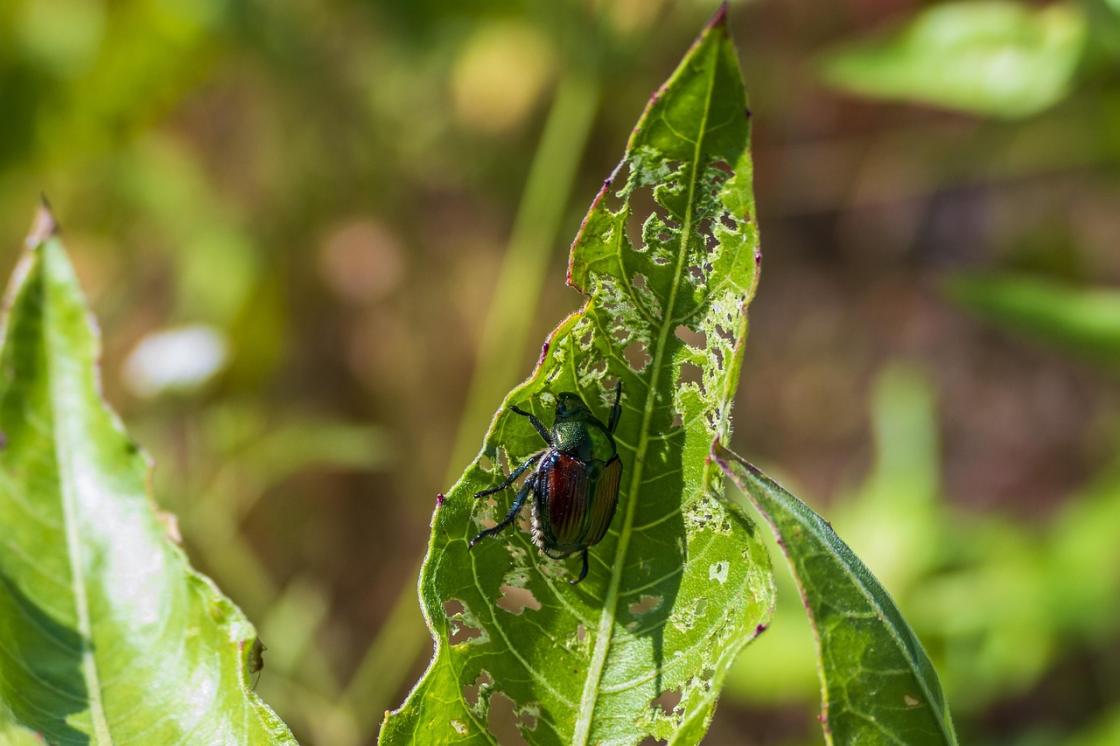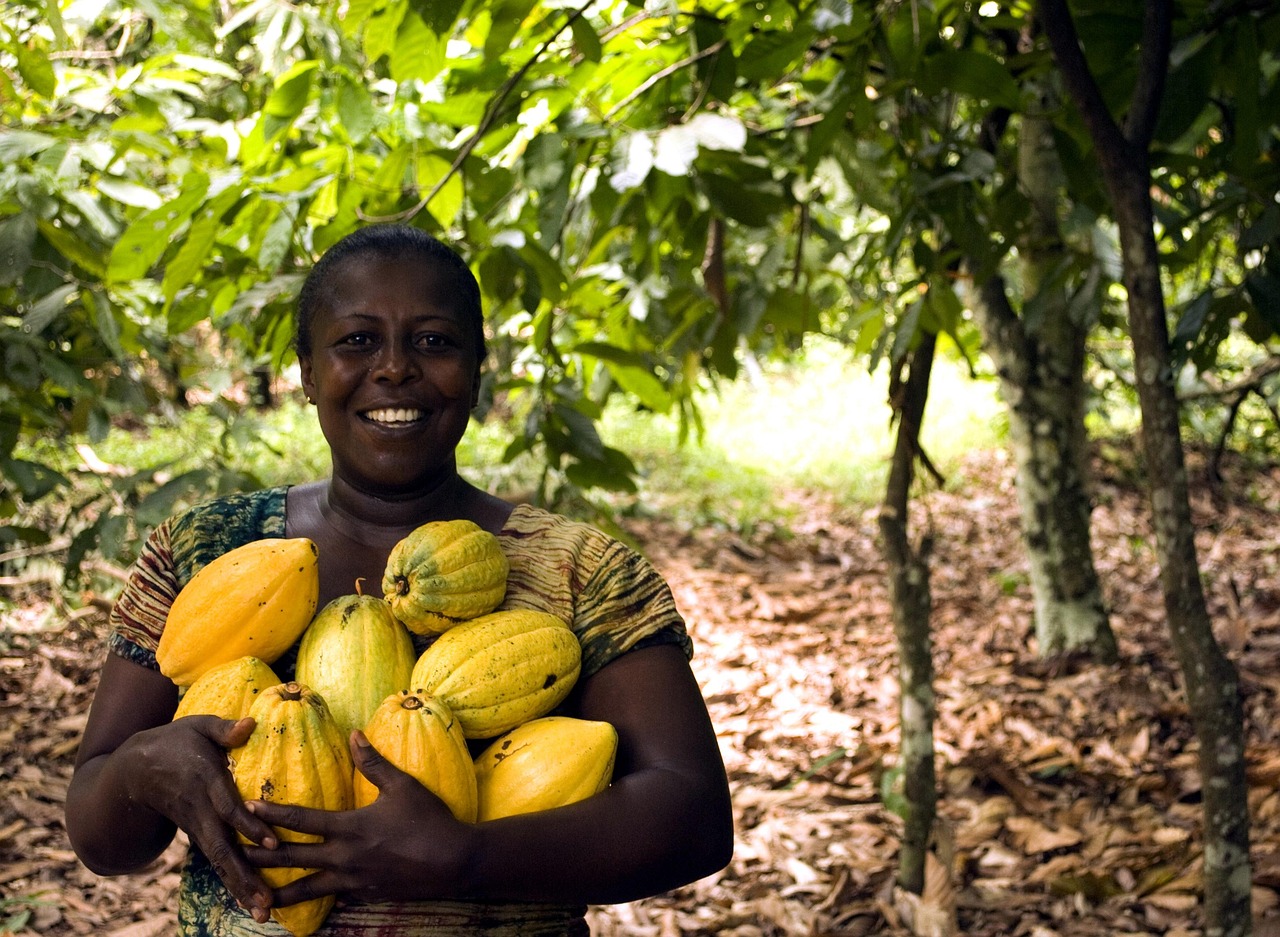
A banana plantation. Image by M W from Pixabay
Cliff Abenaitwe, August 30, 2025
In a significant and proactive move to fortify its most vital economic pillar, Uganda’s agricultural sector is preparing to shift from defence to offence against a growing army of invasive, non-native pests. A groundbreaking study, published in the esteemed journal Frontiers in Agronomy, has unveiled a strategic roadmap for national plant health biosecurity. The research, led by a formidable team of 29 experts from a coalition of academic, government, and international research institutions, moves beyond the reactive, crisis-driven approach of the past to a sophisticated, preventative strategy aimed at safeguarding the country's crops, forests, and biodiversity.
For years, the agricultural heartland of Uganda and much of Sub-Saharan Africa has been a battleground. Porous borders, burgeoning international trade, and a warming climate have created a perfect storm, allowing a steady stream of invasive pests to slip through undetected. The consequences have been devastating. From the widespread destruction wrought by the maize lethal necrosis disease to the relentless march of the fall armyworm, these biological invaders have resulted in significant yield losses, increased food insecurity, and a painful dent in the nation's export earnings.
The study titled Prioritising non-native pest species to inform plant health biosecurity policy decisions and to safeguard agriculture, forestry, biodiversity, and livelihoods in Uganda, spearheaded by Joseph Mulema of the Centre for Agriculture and Biosciences International (CABI), serves as a powerful wake-up call. "The impact of invasive pests on biodiversity, economies, and livelihoods, as well as the consequences of their management, is well documented," the report states. But Mulema and his co-authors emphasise a crucial distinction: while endemic pests have a range of established management options, the most effective and cost-efficient strategy for invasive species is not reaction, but prevention. This study is a monumental step towards making that a reality for Uganda.

A Japanese beetle feeding on the leaves of a plant. Image by Michael from Pixabay
The Power of Horizon Scanning: A Glimpse into the Future of Threats
At the heart of the research lies a sophisticated technique known as 'horizon scanning'. This systematic and forward-looking process involves a comprehensive search for potential biological invasions and a meticulous assessment of their possible impacts. The team utilised the state-of-the-art CABI Horizon Scanning Tool, a powerful system that cross-references a global database of pests with a country’s specific host plants and geographical location.
The initial results of the scan were nothing short of breathtaking. The tool identified a staggering 9,071 pest species that have not yet been officially reported in Uganda. From this monumental list, the experts methodically prioritised a more manageable subset of 1,517 for a rapid risk assessment.
A Rigorous Assessment of Risk: Quantifying the Threat
To transform this list of potential invaders into a practical tool for policymakers, the team developed a robust scoring system. Each of the 1,517 pests was rigorously evaluated on four key attributes that define its threat level. These are: the likelihood of entry, where the assessment looked at how likely the pest is to arrive in Uganda. This considers factors like its presence in neighbouring countries, its natural rate of spread, and its association with commonly imported commodities like seeds, plants, or timber.
The researchers also considered the likelihood of establishment, and this assessment was based on climatic suitability and, critically, the availability of host plants—Uganda's lifeblood crops like coffee, bananas, and maize. The other two parameters were the potential socio-economic impact and the pest’s potential biodiversity impact.

A farmer holding some of her produce from her farm. Photo from Pixabay
The Most Pressing Threats and a Clear Path Forward
The rigorous assessment yielded a clear and actionable picture of the most significant threats. Management actions were recommended for 618 species, which either attained a high overall risk score of 54 or above or were identified as posing a specific and serious threat. Among the highest-scoring threats were the barley yellow dwarf virus, the tobacco black stem rot pathogen (Phytophthora nicotianae), and the banana-infecting fungi (Pythium aphanidermatum).
The study also highlighted the grave danger posed by vector species—insects and nematodes that can transmit devastating diseases even if they themselves don't cause direct damage.
A call to Action
To underscore the fact that this study is more than an academic paper, the researchers outline a comprehensive set of recommendations for policymakers, plant health professionals, and all stakeholders in the agricultural sector. Among the recommendations is targeted Surveillance, regulation and policy, contingency planning, research and public awareness. “Educating the public and industry stakeholders about the importance of biosecurity and the role they can play in preventing new incursions is essential,” the researchers expound on the public awareness recommendation.
